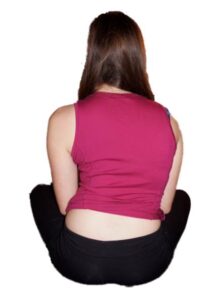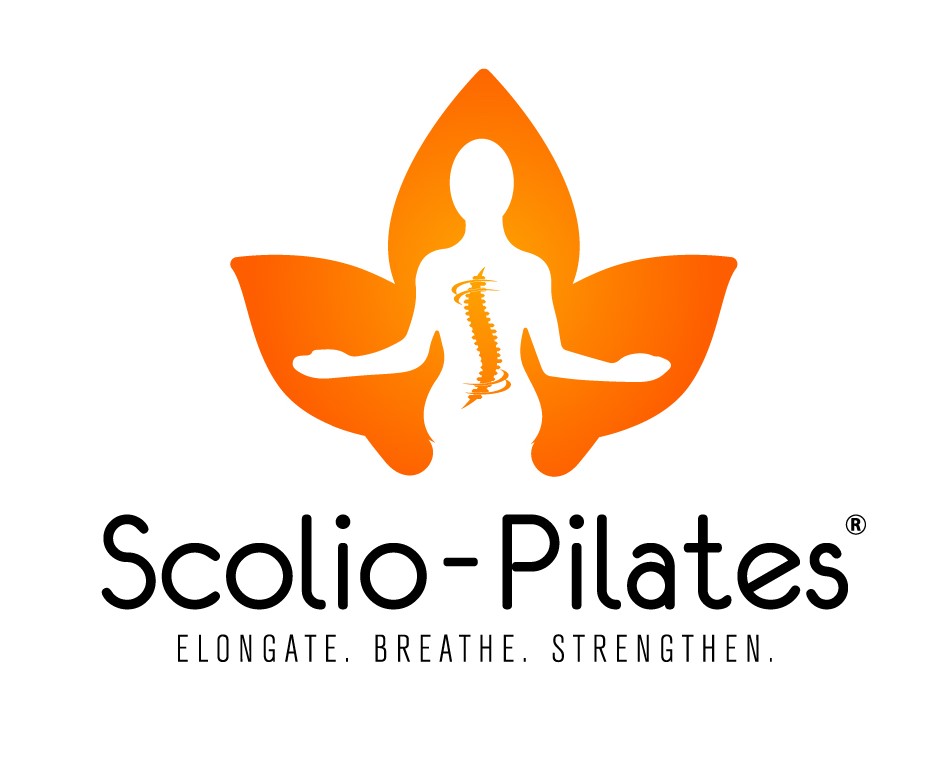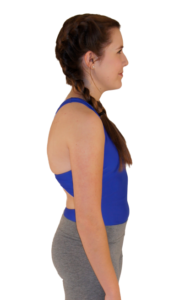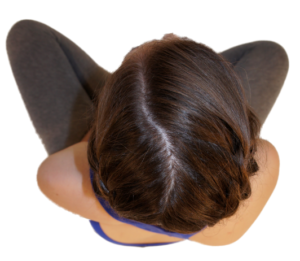
All bodies are asymmetric, and scoliosis accentuates the same asymmetries that all spines have. Therefore, when you learn about scoliosis – whether it is your curve or the client you are working with, you learn about all spines and their most intricate and detailed complexities. It’s like getting your graduate degree in spine understanding – and this understanding pays off in spades. Not only will you be giving people the genuine change they seek, but you will also be raising the bar for what clients with scoliosis and back pain, in general, can expect from their back care team.
Your Goal: Assess to Move
We assess your spine so we can move your spine. It’s that simple. However, the task is an art and a science. Let’s get started. We’ll look at the three planes of movement and considerations that are different for adults and children.
General tips:
-
- Use a posture grid. Or any straight line behind your scoliosis model. It will help you see the changes. Highly recommend getting a posture grid, though. All the boxes and lines make seeing the changes easy.
- Take pictures. Photos turn the three-dimensional into two-dimensional, making things so much easier to see.
- Sagittal Plane | Side-view: Compare the left side view to the right side view.
-
- Adults: Is the lumbar curve the same on one side versus the other? It’s common to see one side that looks hyperlordoctic and the other appears within a normal range. What about in the thoracic? Before correcting for hyperlordosis or hyperkyphosis, ask yourself if the spine needs to change or is the change you are seeing a rotation that is outside the spine in the ribs, tissues or pelvis. When you make a correction did both sides improve? Or did one improve and the other worsened?
- Children: Many children haven’t yet developed the natural curves of the spine. However, with scoliosis, a flat-backed appearance is quite common and seen to possibly be at the root of the etiopathogenesis of scoliosis (Burwell, et al. 2014). When making changes to the alignment, be careful not to accentuate a flat-backed spine.
- Coronal Plane | Back view: This is the view of scoliosis we are most used to seeing, the celebrity of scoliosis. Let’s look at this:
- Adults and children: Do you see one shoulder higher than the other? How about the pelvis? Is the head tipped? Or rotated?
- Children: The younger a child, the less likely they are to make innate corrections. These innate corrections are changes that all of us make to bring the spine to a position so that the eyes are level with the earth. When you are working with a child, their curve patterns may be easier to see because of this – even up into the cervical spine and how the spine is compensating.

- Transverse Plane | Top looking down: This plane is easy to see if someone sits on the floor and you look down at the top of their head.
- Adults and children: When looking down from the top of the head, you will easily find the rotations in the shoulder girdle, thoracic and pelvis. The lumbar is a bit harder to see. When assessing, think about placing an imaginary board against someone’s spine or pelvis. Which side would touch first?
- Children: Because children with scoliosis tend to be flat backed, you may not easily see the thoracic rotation. However, look for the shoulder changes and the pelvis as your starting points.
Assessing scoliosis is a delicate balance of science and art. It requires a keen eye for detail and an understanding of the body’s natural asymmetries. In the end, just as an artist brings a portrait to life by embracing its asymmetries, a skilled practitioner brings clarity to the complex nature of scoliosis through their thorough and thoughtful assessment. Begin with observation. The more spines you observe for the differences from one side to the other, the more effective your application of movement will be.
Join us for our Scoliosis & Children enhancement webinar with Patti Green, on February 28th, 11-1:30pm (MT)
Then, Scoliosis and Adults with Danielle Vernon in October (TBD)


